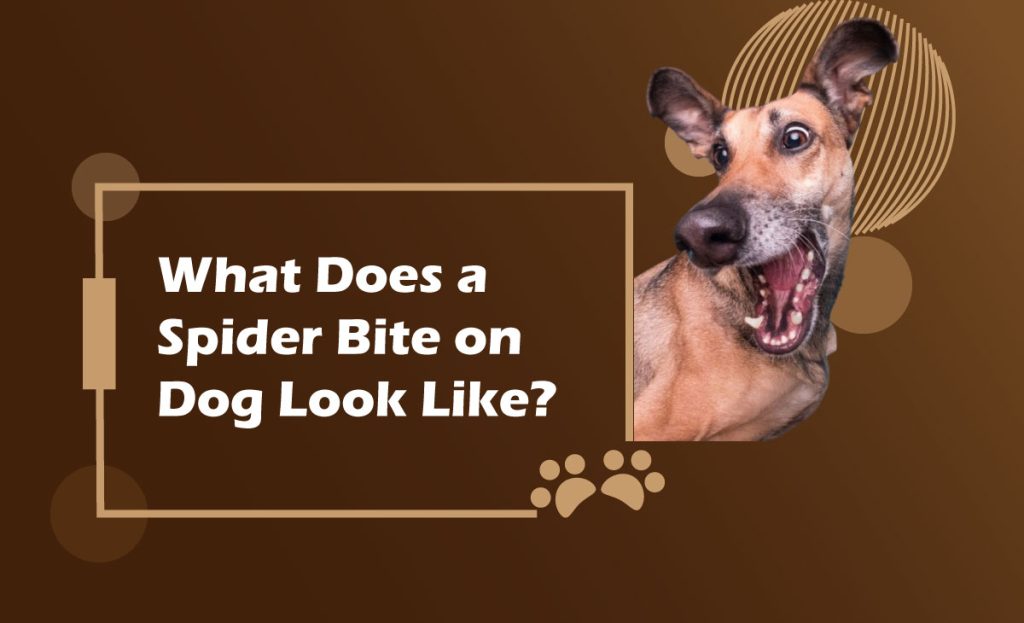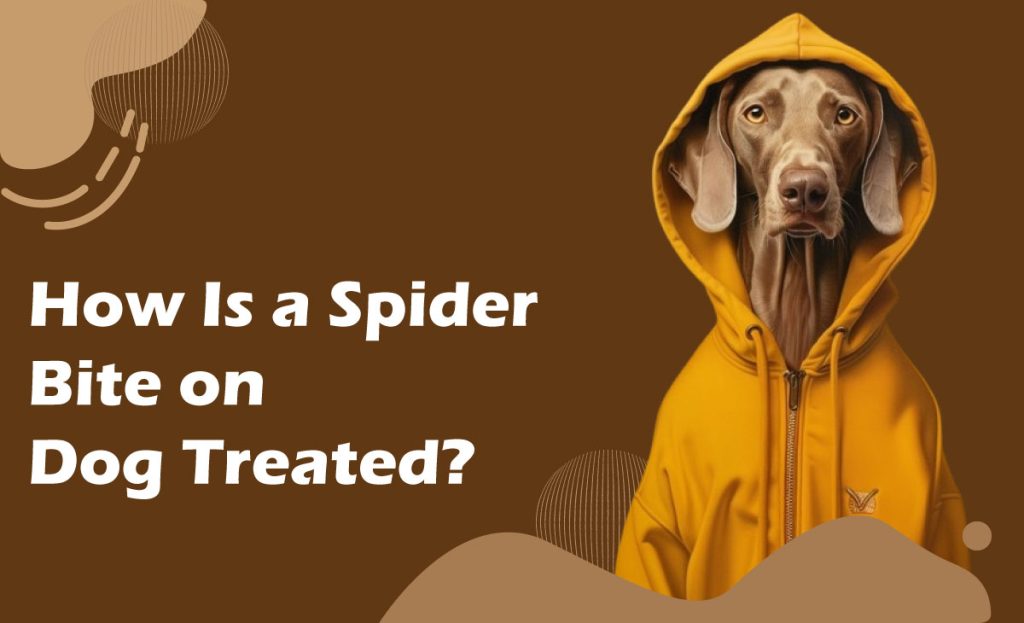Seeing a spider bite on dog can be alarming, especially if you’re unsure about the type of spider or the severity of the bite. While most spider bites on dogs are harmless, certain species, like the brown recluse or black widow, can cause more severe reactions.
Understanding how to identify a spider bite on a dog and what steps to take can help ensure your pet’s safety.
So, let’s get into it!
How Can You Tell a Spider Bite on Dog?
A spider bite on dog can vary in appearance, depending on the spider and how your dog’s body reacts. Typically, bites from common spiders may cause mild irritation, but bites from venomous spiders can lead to more serious symptoms.
Common Symptoms of a Spider Bite on Dog
- Redness and swelling at the bite site
- Itching or scratching the affected area
- Pain or discomfort
- Lethargy or lack of energy
If your furry little dog exhibits more severe symptoms like difficulty breathing, muscle tremors, or excessive drooling, these could indicate a more dangerous spider bite, such as from a brown recluse or black widow.
What Does a Spider Bite on Dog Look Like?

The appearance of a spider bite on a dog can range from a small red bump to a swollen, irritated area. It may resemble a mosquito bite, with slight swelling and redness in mild cases. However, in more severe bites, particularly from venomous spiders, you might notice:
- A swollen spider bite on a dog, particularly around the paws or face
- An open sore or ulcer
If you’re unsure whether it’s a spider bite, examining spider bite on dog pictures online can help, but consulting a veterinarian is always recommended to ensure proper diagnosis and treatment.
How Is a Spider Bite on Dog Treated?

If you suspect your dog has been bitten by a spider, it’s essential to act quickly to prevent further complications. Here’s how to handle spider bite on dog treatment:
- Cleanup the Wound: Gently wash bite area with mild soap and lukewarm water
- Apply a Cold Compress: Use a clean cloth soaked in cold water or an ice pack wrapped in a towel to reduce swelling and discomfort.
- Prevent Scratching: If your dog is scratching or licking the bite area, you may need to use an e-collar to prevent further irritation.
- Monitor for Severe Reactions: Keep a close eye on your dog for symptoms like vomiting, lethargy, or difficulty breathing.
For less severe bites, you can also try how to treat a spider bite on a dog at home by using over-the-counter antihistamines (under the guidance of your vet) to reduce swelling and itching.
Another Read: Learn how to treat ringworm in your canine
Brown Recluse Spider Bite on Dog: What Should I Do?
A brown recluse spider bite on a dog is more serious and may require immediate veterinary attention. The venom from this spider can cause tissue necrosis, leading to severe skin damage. If you think there’s a brown recluse bite:
- Look for signs of skin blistering or a deep ulcer developing at the bite site.
- Take your dog to the vet for proper treatment, which may involve antibiotics, pain relief, and wound care.
Spider Bite on Dog Paw or Face
Spider bites on sensitive areas like the paw or face can cause significant swelling and pain. A spider bite on a dog’s paw may make walking uncomfortable, while a spider bite on a dog’s face could lead to difficulty eating or breathing. These areas are more prone to swelling, so close observation is key.
FAQs
How do you identify if your dog has been bitten by a spider?
Look for redness, swelling, itching, or pain at the bite site. If your dog exhibits more severe symptoms like vomiting, lethargy, or difficulty breathing, it may indicate a bite from a venomous spider.
How to treat a dog with a spider bite?
Clean the bite area, apply a cold compress, and monitor your dog for worsening symptoms. For severe bites, contact your vet. Over-the-counter antihistamines may help reduce swelling and itching but consult with your veterinarian first.
Will my dog be OK after eating a spider?
Most spiders are not harmful when ingested, but monitor your dog for signs of distress. If your dog shows symptoms like lethargy, or vomiting, or has seen him eating a spider, you need to contact the vet.
Conclusion
While a spider bite on a dog is often a minor issue, it’s important to monitor your dog closely for signs of severe reactions, particularly if you live in areas with venomous spiders. Understanding the symptoms and knowing how to treat a bite can help ensure your dog stays healthy and safe.




